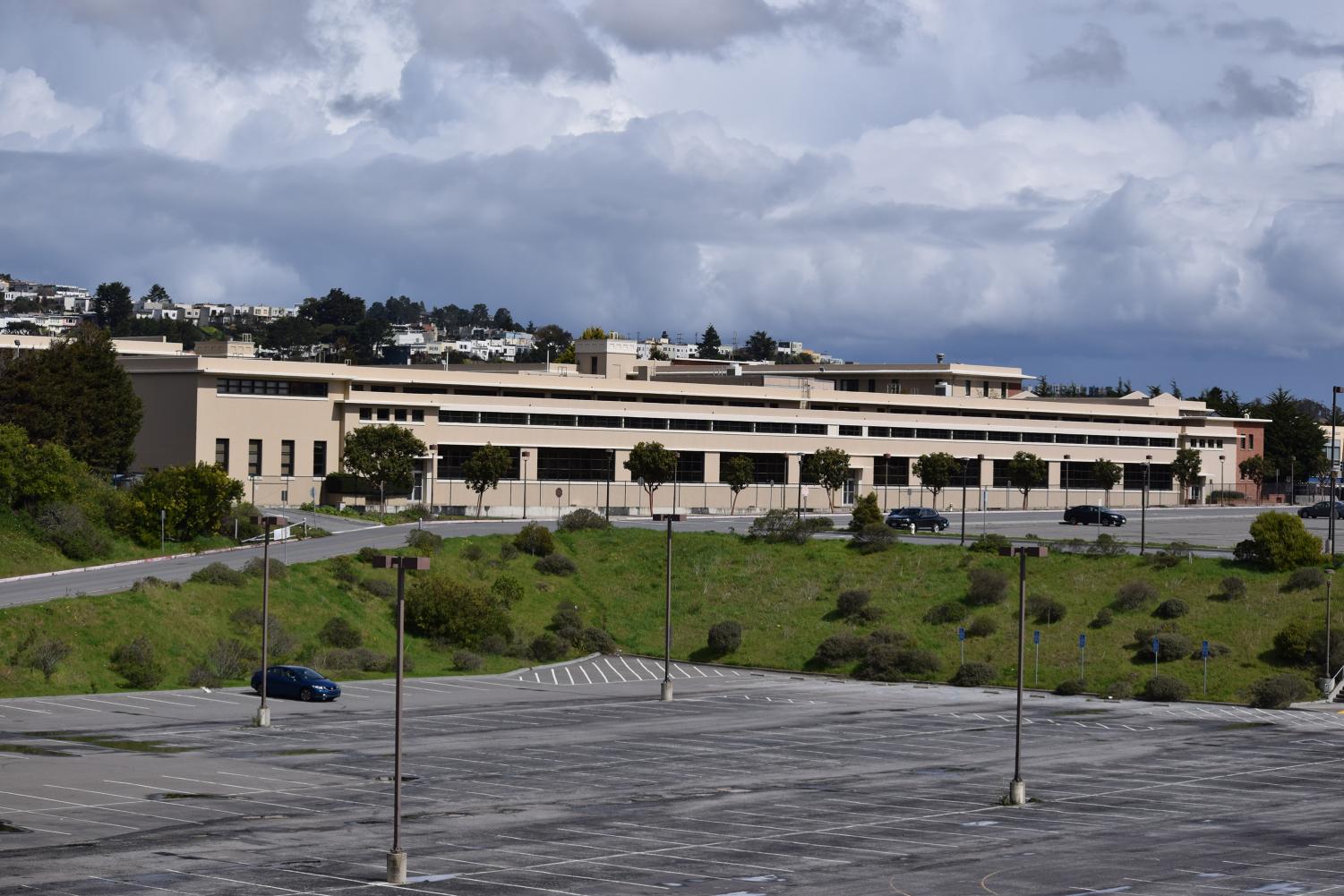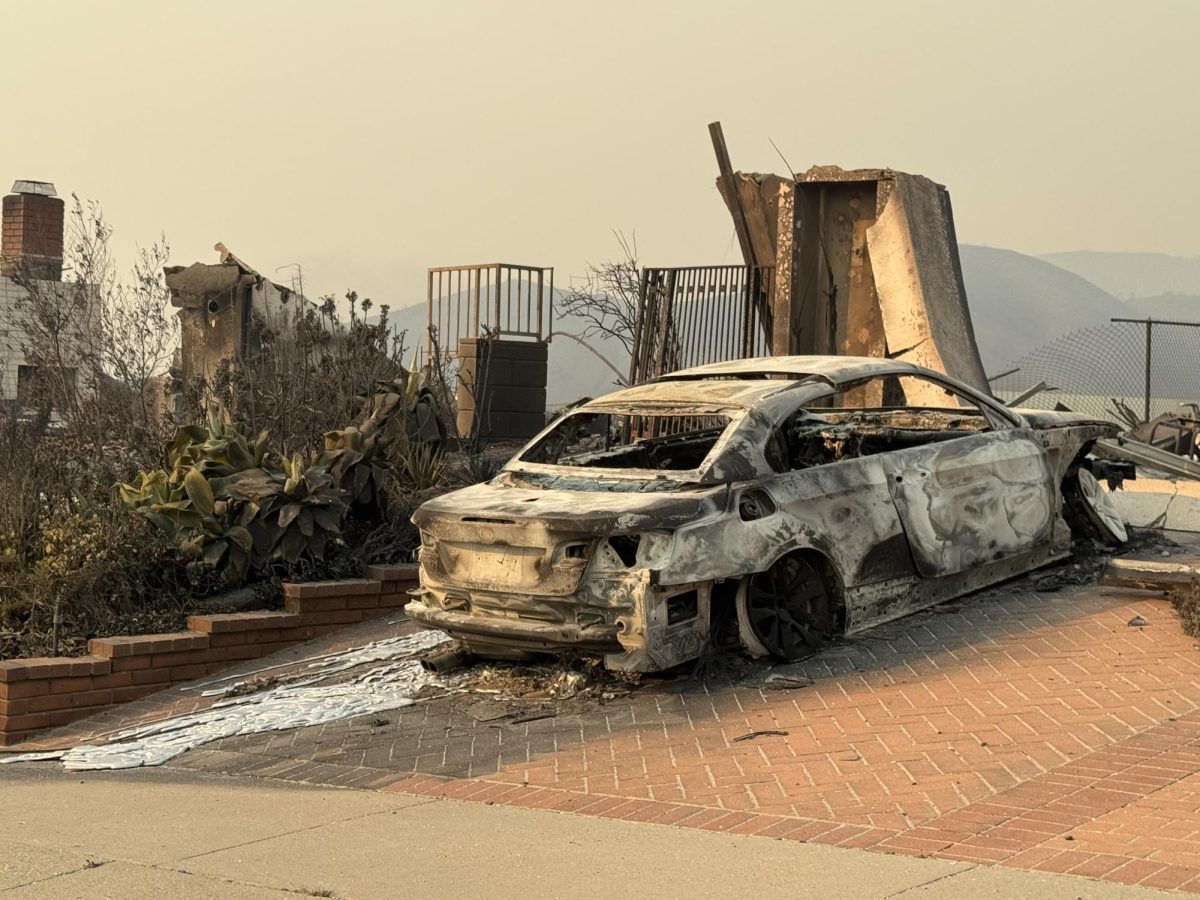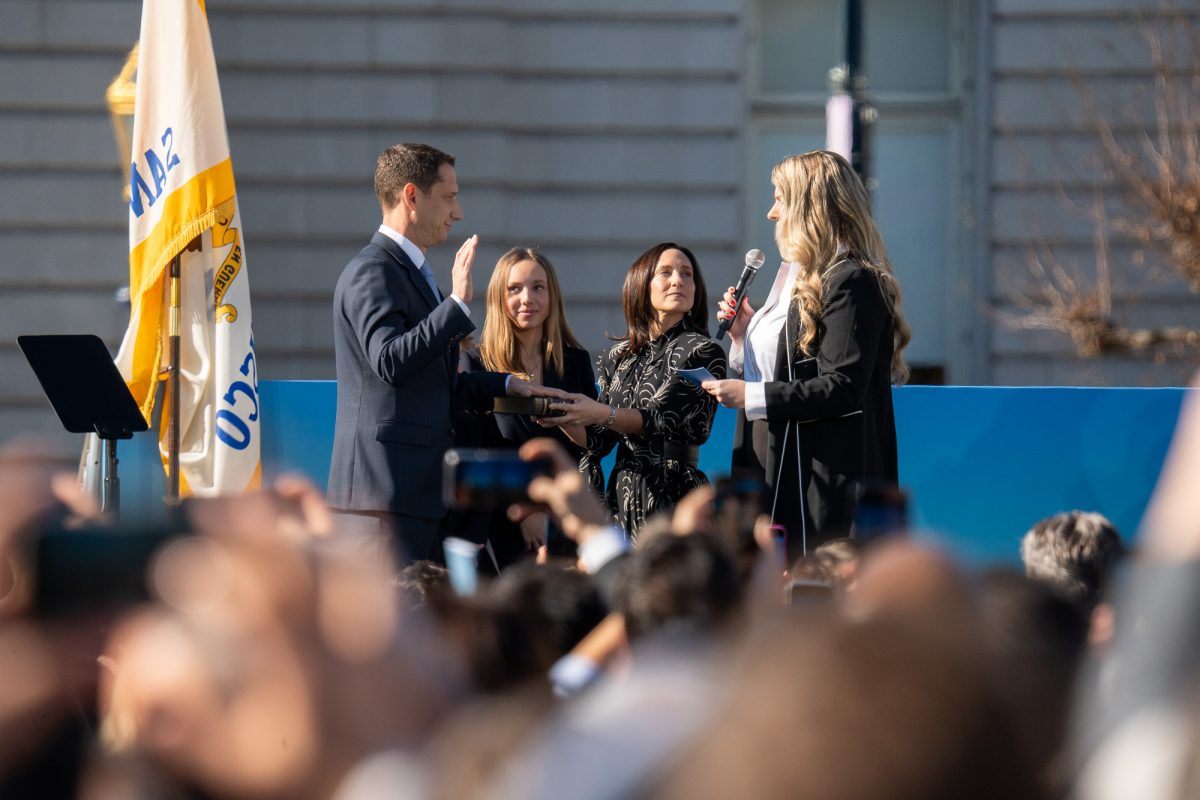The planning process for building a 1,100 unit affordable housing complex in what is now the Balboa Reservoir is underway.
The new proposal to build housing on the Balboa Reservoir was first conceived in 2014, when it was chosen as a possible build site for San Francisco’s Public Land for Housing Project. The City chose the private organization Bridge housing and Avalon Bay developments to construct and manage the ambitious project. Bridge has built over 10,000 units around the Bay Area, including projects in the Mission, North Beach, and Hunters Point.
Planning is expected to be concluded by 2020, and construction will most likely begin shortly after that. Most estimates project that construction will be completed by 2026.
The reservoir was first dugand paved in the 1950s, but was never filled with water. Since then, the empty space has been used by the community for many different purposes, such as motorcycle classes, police safety training, additional parking for City College, and a place where Riordan athletic teams could meet to shore up on their conditioning.
Literature teacher Richard Sylvester ’01 recalled his experiences with the reservoir as a student, saying, “The reservoir has changed a lot since I went here. Some PE classes used to run around the top of the reservoir while others would run around
the track. When I was in band, we would sometimes practice our marching in the reservoir if the field wasn’t available. I even remember some kids going out to tag the walls.”
Liam Funke ’21, a member of the Track and Cross Country teams, said, “Sometimes we’ll run on the street around the reservoir, but only rarely.”
Despite its wide use by the surrounding community, the city declared the Balboa Reservoir “void of positive features.”
An issue with the planned development is its potential impact on traffic and parking.
The reservoir is already used as a supplemental parking lot for City College, and there is genuine concern that the new buildings will make it harder to find parking in the surrounding area.
There will be a new parking garage built with the complex,but it will most likely be reserved for residents.
This is not the first time the reservoir has been selected for housing development. Back in 1985, the Mayor’s Office of Housing planned to sell off the piece of land to a housing developer that planned to build a large-scale residential area they intended to call “Balboa Heights.”The plan was stopped, however,by a coalition of City College students, staff, and a group of local residents through a series of elections from 1985 to 1991.
When asked if this current project has faced similar resistance, Bridge Project Manager Kearstin Dischinger responded by saying, “The 80s were a different time in history for San Francisco.”
Dischinger, who visited the journalism class this month, added, “The economy wasn’t booming the way it is now, and the population wasn’t where it is now. There wasn’t as much of a need for new, affordable housing the way there is now, and people didn’t want the project to go through. We feel the community is much more on board with the project this time.”
Dr. Andrew Currier, President of Riordan, said, “We have had significant discussions about how this development could potentially impact Riordan, including traffic, exit flow from our parking lot, and the proximity of housing to our property lines. There also seems to be some major benefits for Riordan including the potential for future enrollment and the possibility of easier, quicker access by car to Ocean Avenue.”
He added, “Another concern would be the impact of the construction on our operations. Fortunately, the City of San Francisco has very strict codes mitigating the effects of construction on neighboring facilities. There are codes dictating how dust and dirt are managed as well as how noise from construction is managed. Please know that these concerns are in the forefront of my mind in regards to this construction, if it actually happens.”
The developers, Avalon Bay, hope to break ground in the summer of 2021, and it could last from two to four years. The end result will be several buildings from two to seven stories high.
Dr. Currier said, “I hope to meet with delegates from the Mayor’s office in the near future to voice our concerns. Please know that we are closely tied to the conversations and hearings around this momentous project for our neighborhood.”








